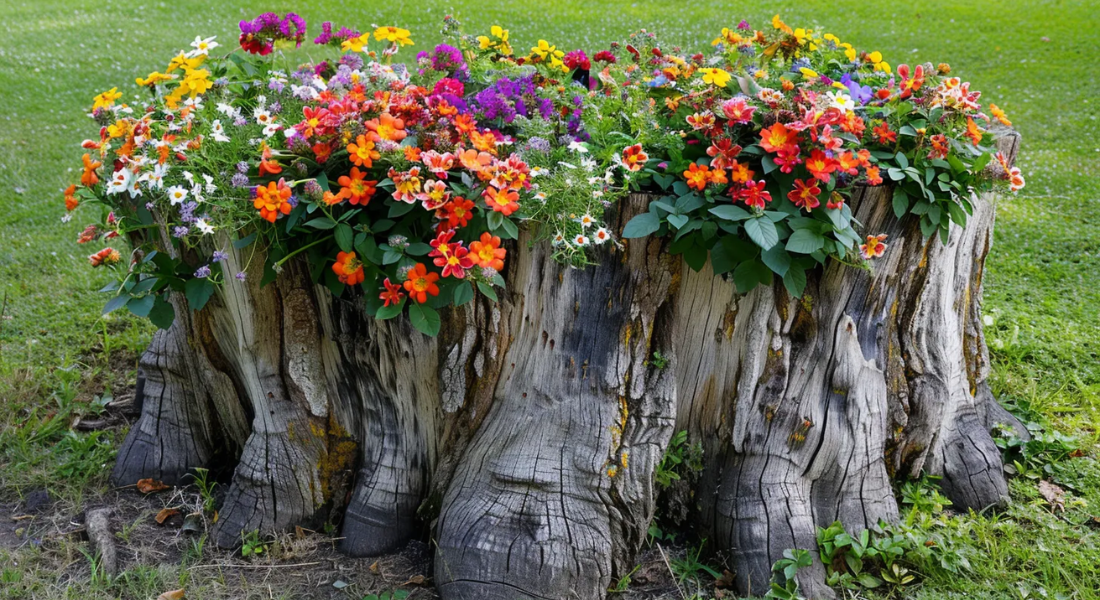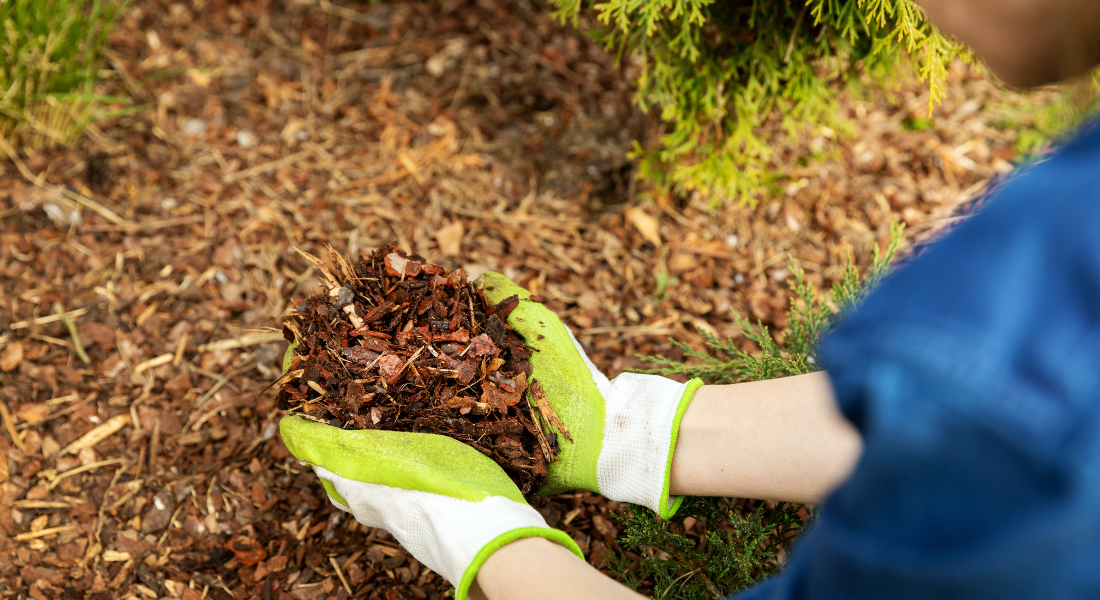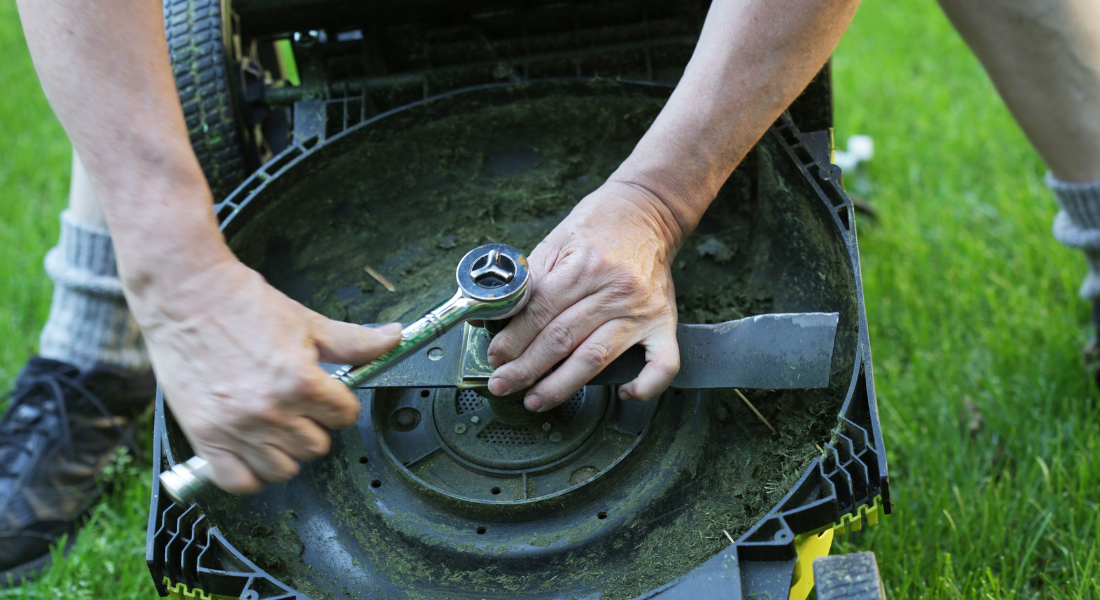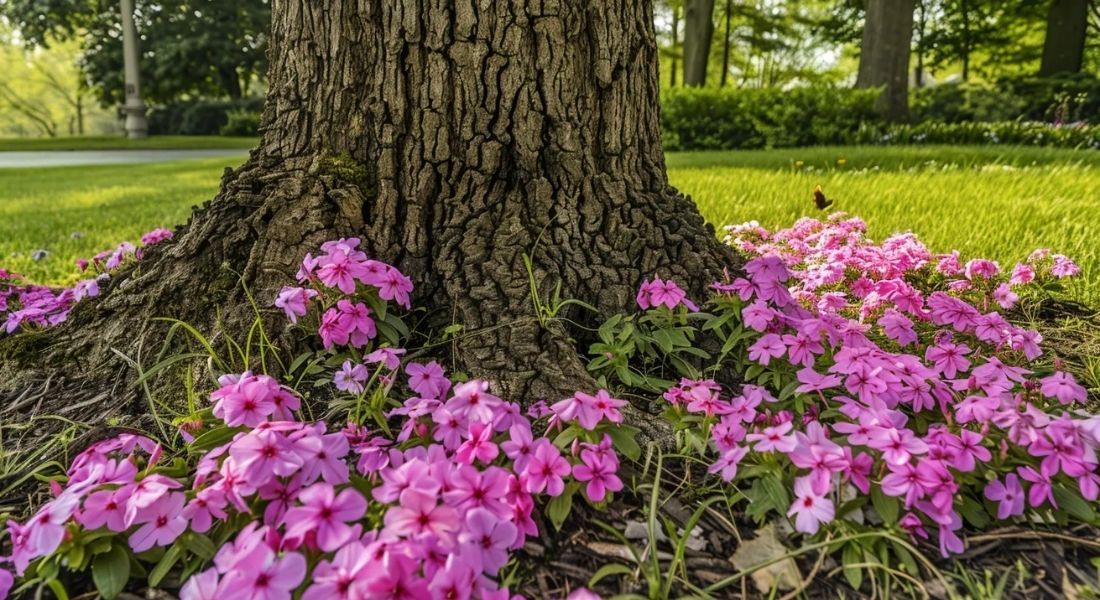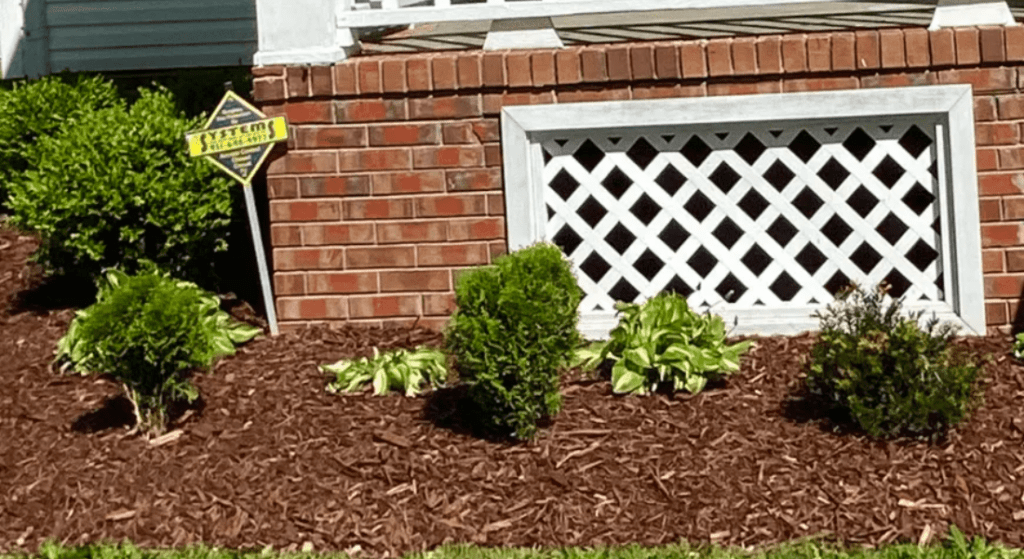How Much Does It Cost To Install Landscape Rock and River Rock In 2025
| Type/Factor | Low Range | High Range | Notes |
|---|---|---|---|
| Cost per Ton | |||
| Cost per Cubic Yard | |||
| Delivery Fee |
In 2025, the total cost to install landscape rock or river rock typically ranges from $600 to $2,500 or more, depending on the size of the project.
The price really comes down to a few key things—like the type of rock you pick, total amount of rocks, how tricky the job is, and what labor costs are like in your area.
In this post, we’ll break it all down for you. Stick around, because knowing what to expect could save you a lot of time (and money).
How Much River Rock Do You Need for Your Landscaping Project?
Here’s the basic rule of thumb:
- One cubic yard of river rock covers about 100 square feet, if you’re laying it 2 to 3 inches deep.
- One ton of river rock covers roughly the same area, give or take, depending on how big or small the rocks are.
Let’s break that down with an example:
Say you’ve got a small garden area that’s 9 feet by 10 feet. That’s almost 100 square feet. So, if you want to add a nice 2–3-inch layer of river rock, you’ll need about one cubic yard or one ton of rock to cover it properly.
Now, if you’re working on something like a dry creek bed, a sloped area, or want the rock a little deeper, you might need more than that—sometimes double. And if you're lining a large border or filling in awkward spaces, the shape of the area can change things too.
What’s the Cost Per Ton or Cubic Yard of River Rock in 2025?
River Rock Cost Breakdown – 2025
| Type / Factor | Low Range | High Range | Notes |
|---|---|---|---|
| Cost per Ton | $60 | $100+ | Basic river rock vs. premium or decorative varieties. |
| Cost per Cubic Yard | $85 | $150+ | Depends on density, color, and availability. Lava rock can be pricier. |
| Delivery Fee | $50 | $150 | Varies by distance, order size, and supplier policy. |
| Installation Cost (per sq. ft.) | $5 | $15 | Includes labor, edging, weed barrier, and cleanup. |
| Coverage per Ton | ~100 sq. ft. | (at 2–3 inch depth) | One ton or 1 cubic yard covers ~100 sq. ft. of area. |
Example Cost for a Small 10' x 10' Garden (100 sq. ft.)
| Item | Estimated Cost |
|---|---|
| 1 ton / 1 cubic yard of river rock | $60–$150 |
| Delivery | $50–$150 |
| Installation (optional) | $500–$1,500 |
| Total | $110 – $1,800+ |
Additional Notes:
- If you're spreading the rock yourself and skipping installation costs, you could get the job done for around $110–$300 total, depending on the rock type and delivery fee.
- Fancy river rocks with polished finishes or specific colors will easily push your total past $200–$400 per cubic yard, even before labor.
- Need edging or weed barrier? These can add another $50–$200, depending on material and area size.
How Does Rock Type and Size Affect Total Cost?
Smaller pebbles might look affordable upfront, but they usually take more time (and labor) to install evenly. Bigger rocks, like bull rock, cost more per ton but can actually save money in labor and materials because they cover more space.
Here’s What You Can Expect to Pay in 2025:
| Rock Type | Cost per Ton | Coverage (at 2–3" depth) | Notes |
|---|---|---|---|
| Basic River Rock | $60 – $100 | ~100 sq. ft. | Common sizes (1"–2"); affordable, versatile, and great for general use. |
| Decorative Rock | $100 – $150 | ~90–100 sq. ft. | Polished or colored; used for high-visibility areas or accent zones. |
| Lava Rock | $130 – $160 | ~80–100 sq. ft. | Lightweight but bulkier; good drainage, often more expensive. |
| Bull Rock | $90 – $120 | ~120–150 sq. ft. | Large (3"–5") stones; higher upfront cost but fewer tons needed overall. |
Extra Tips:
- Small rocks = more labor. Tiny pebbles look neat but are a pain to spread evenly. Labor costs can jump if your landscaper needs more time to install them.
- Big rocks = better coverage. Larger rocks like Bull Rock don’t just look bold—they cover more ground per ton, which can actually save you money in the long run.
- Don’t forget the weight factor. Heavier rocks cost more to deliver and may require special equipment or more hands on deck to install.
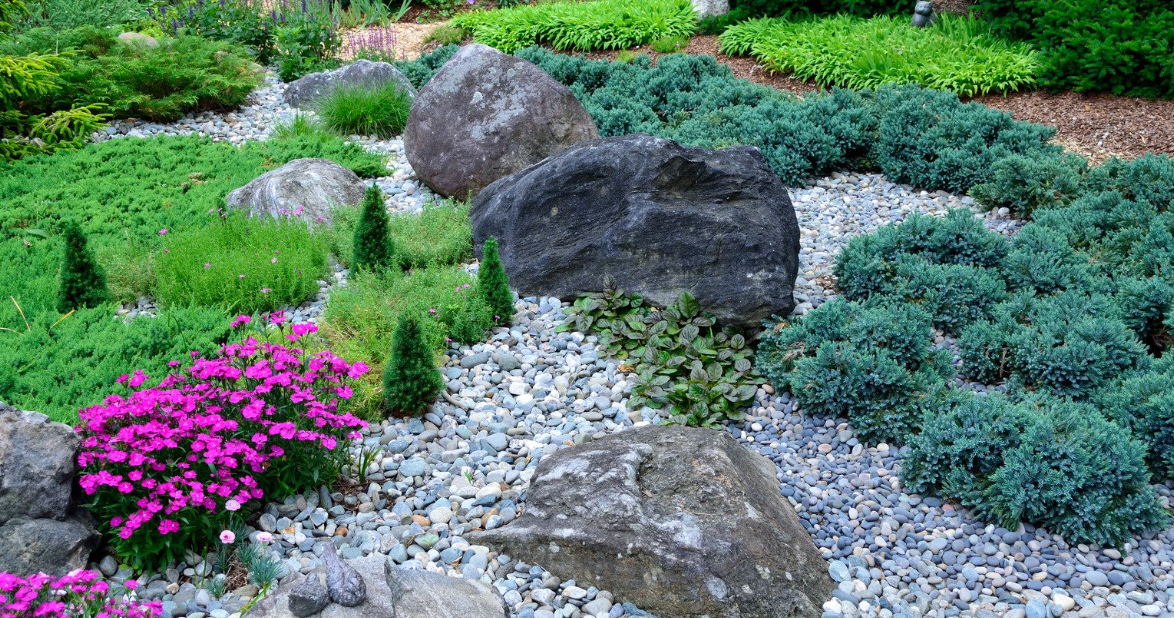
Here’s a quick example
- Covering 200 sq. ft. with basic river rock? You’ll probably need 2 tons, costing $120–$200, plus delivery and installation.
- Doing the same area with bull rock? You might get away with just 1.5 tons, spending $135–$180—and possibly saving on labor.
Let me know if you’d like a visual chart comparing labor + materials or a quick calculator to estimate your project!
What Other Factors Could Impact the Actual Cost to Install River Rock?
Even if you know the price per ton, there are a few hidden factors that can quickly drive your budget up or down. Here’s what to keep an eye on:
Common Cost Variables
| Cost Factor | Typical Range | What It Means for You |
|---|---|---|
| Rock Removal | $100 – $500 | If you’re replacing old mulch, gravel, or rocks, someone’s gotta haul that away first. |
| Site Access | +$100 – $300 extra | Narrow gates, steep slopes, or tight corners = more time, tools, and labor. |
| Rock Type | Varies ($60–$160/ton) | Basic rock is budget-friendly. Decorative rock? Not so much. Lava rock = $$$. |
| Delivery Costs | $50 – $150 | Most rock suppliers charge a delivery fee based on how far they’re hauling the load. |
| Installation Labor | $5 – $15 per sq. ft. | Includes spreading rock, prepping soil, and laying fabric. DIY = savings, pros = speed. |
| Season & Demand | 10%–20% price jump | Spring & early summer = busy season. Prices rise as landscapers and suppliers get booked. |
| Extra Materials | $50 – $200 | Think weed barrier fabric, edging, wheelbarrow rentals, and landscape staples. |
Try These Smart Planning Tips to Avoid Surprise Costs
- Replacing old rocks? Ask if your landscaper includes removal in their quote, or if it's extra.
- Check access first. If a wheelbarrow can’t reach the area, it might cost more to haul rock by hand or with special tools.
- Don’t assume delivery is free. Always ask if it’s included or tacked on separately.
- Call around. Local landscape suppliers might vary by $20–$50 per ton, so a few quick quotes can save big.
- Order a little extra. Always get 5–10% more rock than calculated to account for settling or mismeasurement.
Need Help with Rock Installation in Clarksville?
If you’re in the Clarksville, TN area and thinking about adding river rock to your landscape, GreenLife Services is here to help.
We offer free quotes and our team can even stop by for a 100% free site visit to take a look at your space and give you honest advice.
Give us a call anytime!
Key Takeaways: River Rock Cost and Installation in 2025
- River rock is a popular and low-maintenance landscape rock choice for gardens, pathways, and borders.
- In 2025, river rock prices per ton range from $60 to $150, depending on type and quality.
- Cost to install river rock, including labor and materials, ranges from $800 to $2,500+ per project.
- Labor runs $50 to $150 per hour, with total rock installation cost depending on complexity.
- Rock type, size, and delivery fees all impact your final stone cost.
- Rock removal and site prep may add $100–$500 to the total cost.
- Use a 2025 cost calculator with industry-standard methods and up-to-date cost data to estimate accurately.
- Buying rocks by the ton offers savings over smaller quantities per bag.
- Proper rock installation budget management helps you stay on track and avoid hidden costs.
If you’re still not quite sure whether river rock is the right choice, check out our blog post, “Rocks or Mulch: Which is Best for Your Landscape?”
It breaks down the pros and cons of both options so you can make the best decision for your yard, budget, and maintenance goals.
FAQs
Q. What is the cheapest landscaping rock?
A. The cheapest landscaping rock is usually crushed gravel or pea gravel, which can cost as little as $30 to $50 per ton. Basic river rock is also affordable, especially if you buy in bulk. Prices vary by region, so it’s worth checking with local suppliers for deals.
Q. How much will 1 ton of rock cover?
A. One ton of landscape rock typically covers about 100 square feet at a 2-inch depth. If you want to go deeper—like 3 inches—you’re looking at closer to 70–75 square feet per ton. Keep in mind that rock size can affect coverage.
Q. How much does it cost to landscape around a house?
A. Landscaping around a house can vary widely based on the size of the area and the materials you choose. On average, basic landscaping with rock or mulch can range from $1,000 to $5,000. High-end projects with custom features or large spaces can go even higher.
Q. What is the cheapest landscaping?
A. The most budget-friendly landscaping options usually include:
- Mulch instead of rock
- Native plants that need little water or care
- DIY garden beds or borders
- Gravel pathways instead of paved ones
- Starting small and doing the work yourself can also cut costs significantly.
Q. How to calculate landscape rock?
A. To estimate how much rock you need:
- Measure the length × width of the area in feet.
- Multiply that by the desired depth in feet (2 inches = 0.167 feet).
- Divide by 27 to convert to cubic yards.
- Multiply cubic yards by 1.3 to 1.5 to get tons (depending on rock type).
- Or just use an online rock calculator—it does the math for you!
Q. How deep do you want landscape rock?
A. A good rule of thumb is:
- 2 inches deep for small rocks or light coverage
- 3 inches for most river rock or medium coverage
- 4 inches or more if you’re covering bare soil or want a heavier, weed-blocking layer
- Going too shallow might expose fabric or allow weeds through while going too deep adds unnecessary cost.

